October 2021 I was back in Slovakia finishing off what I had missed during my trip in August that very year. This time my friend Barbara came along and our focus was on Banska Stiavnica only, this wealthy mining town in the heart of Slovakia, just a couple of hours from my hometown Vienna.
From the main train line a small train took us through densely wooded area, past micro-sized villages to this proud town that sits in the caldera of a collapse volcano.
History of mining in Banska Stiavnica
The beautiful houses immediately give away how wealthy this town became with mining. Everybody mined here, the Celts, the Romans, Slavs and when Germans settlers arrived in the 13th century they adapted the local name to the German Schemnitz.
The town was the main producer of silver and gold in the Kingdom of Hungary. Naturally this wealth made Banska Stiavnica a target for the Ottomans on their move northwest.
The Habsburg rulers established the Mining Academy 1735, the first technical university in the world. The town was also a leading center of innovation in the mining industry. In 1627, gunpowder was used there in a mine for one of the first time in the world.
Needless to say that exploring a mine is standard procedure when visiting Banska Stiavnica. Unfortunately the tour was only in Slovakian, I would have been particularily interested in the part when we were inside the mine. Actually it is an entire open-air museum that also shows machinery used in the mine
The town is surrounded by ancient artificial mining water reservoirs called tajchy, now popular recreaction areas. We walked to Velka Vodarenska Lake, a 15 minute walk from the center. On the way we passed a fascinating little museum that exhibits photos of Dezo Hoffmann. In the 1960s he photographed pop- and showbiz stars and is a native of Banska Stiavnica,
This rich history we learned by visiting various museums, like the one located in New Castle, a six-floor Renaissance building constructed in 1564–1571 as a watch tower during the Ottoman wars.
If there is a New Castle, there must be an Old Castle, which is much bigger. Banska Stiavnica, as I said previously pointed out, had to defend its wealth.
There are plenty of restaurants to choose from and a wide variety of accommodation. Our favourite was a small café opposite our hotel that served fresh home-made strudel every morning. What really intrigued me was the creativity with which hip cafés were planted in old historic buildings.
Jewish Cemetery
If you are addicted to visiting cemeteries like me you stumble across them, sometimes even without looking for them. The most beautiful one is the Jewish Cemetery on a hillside above town with very simply tombstone that German, Hebrew, Slovakian and Hungarian inscriptions.
Jews only arrived here after the ban on Jews living in mining towns was lifted in 1859. The Jews of Banska Stiavnica were prosperious people who integrated well into the German speaking middle-class society.
Calvary of Banska Stiavnica
From this hill we looked across town onto another hill with a little church on top. Spontaneously we decided to walk there, which took us through beautiful scenery and past gorgeous country homes. The Calvary of Banska Stiavnica (1744-1751) is the most beautiful Baroque calvaries. It can be seen from everywhere in Banska Stiavnica because it stands at the top of the Scharfenberg (Sharp Hill) above the town. Even non-religious people are touched by the sheer dimension. About 20 chapels line the path meandering its way to the top where one of the two churches awaits you. We took our time, read the inscriptions at the chapels, and it was really easy.
Historic Center of Banska Stiavnica
The gigantic fancy baroque sculpture is planted in the heart of the Holy Trinity Square, which is lined by beautiful residences., it commemorates the end of an 18th-century plague that killed nearly half the town.
There is a hardly a spot in town from ihre you cannot see a church.
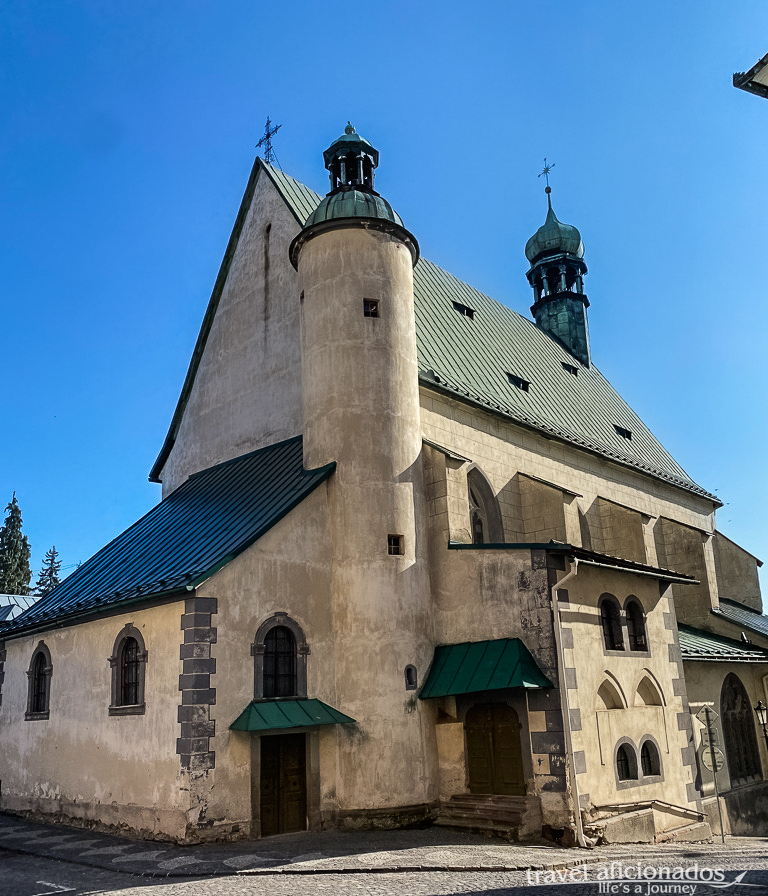
St. Catherine`s Church, the late Gothic church is one of the most beautiful churches in Banská Štiavnica. It is also called “Slovak”, because the sermons here had been taking place in Slovak language since 1658.
In Banska Stiavnica you never walked on flat terrain, it is always climbing on downhill. The architecture of the city adjusted to this.

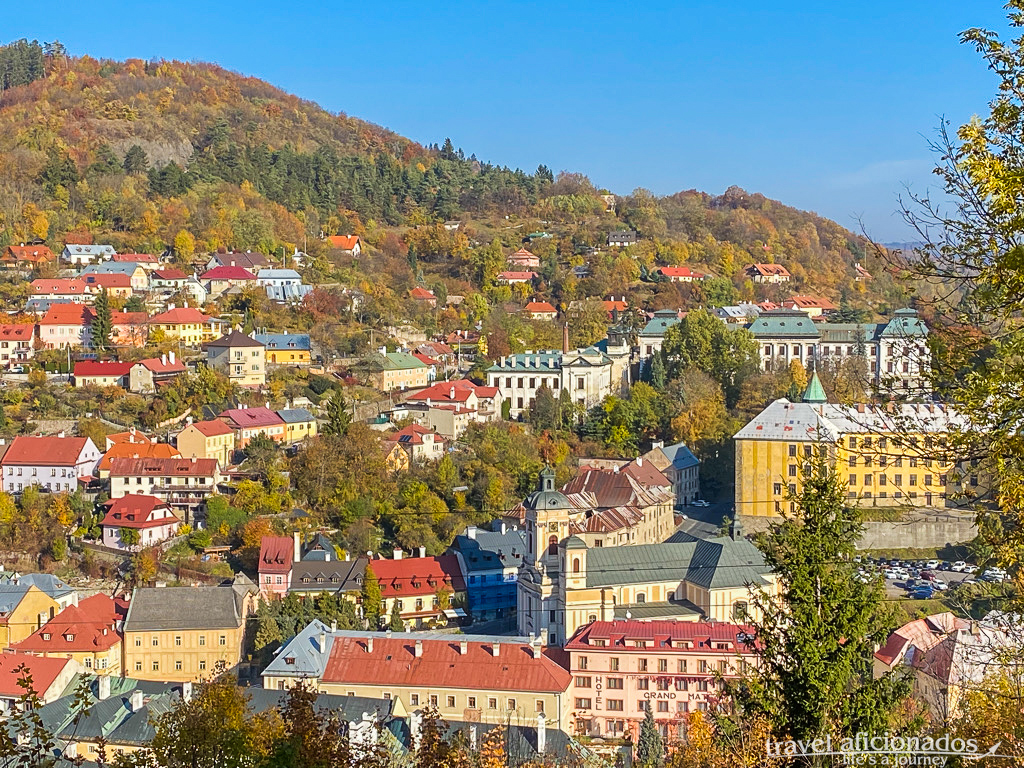
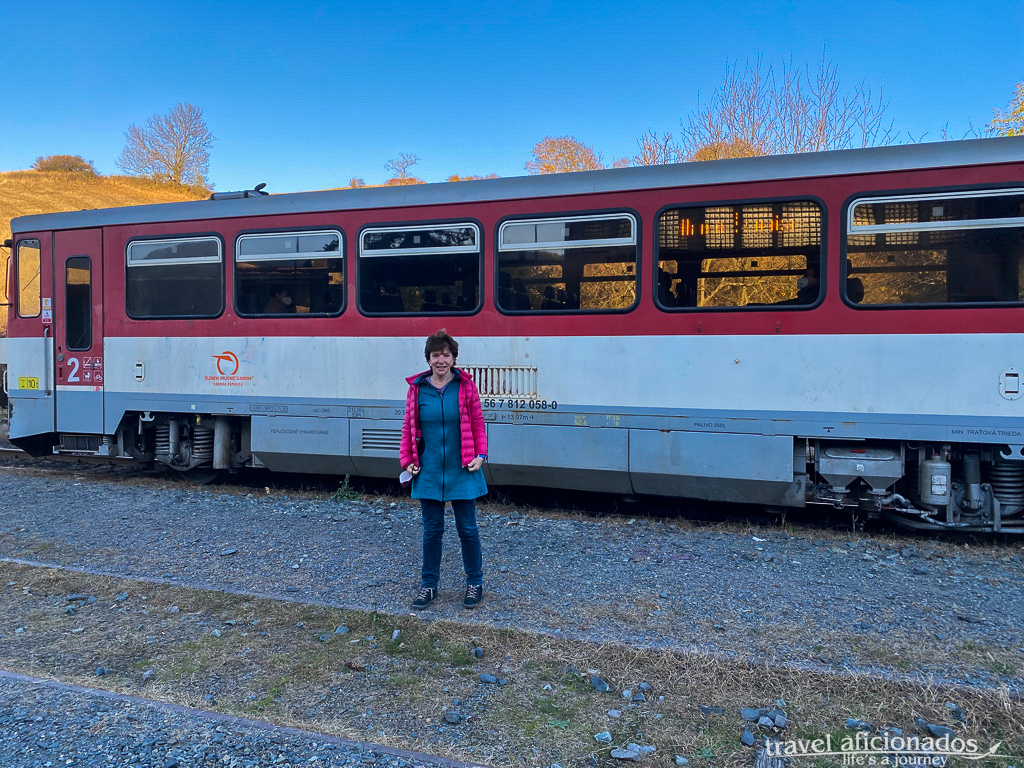
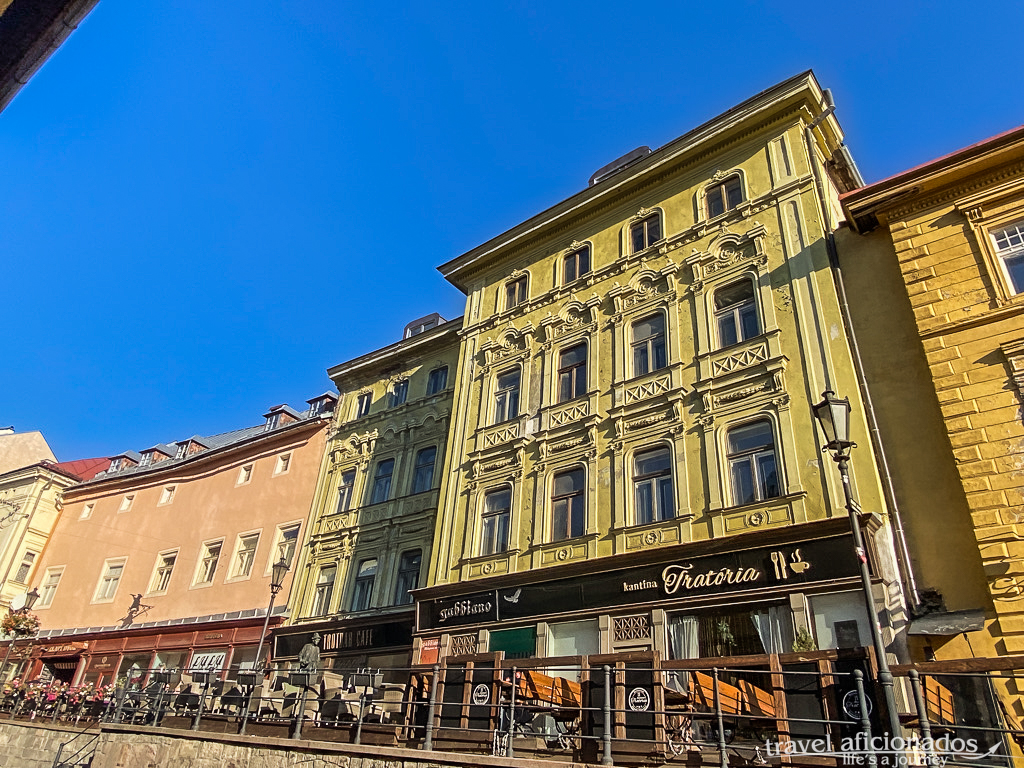
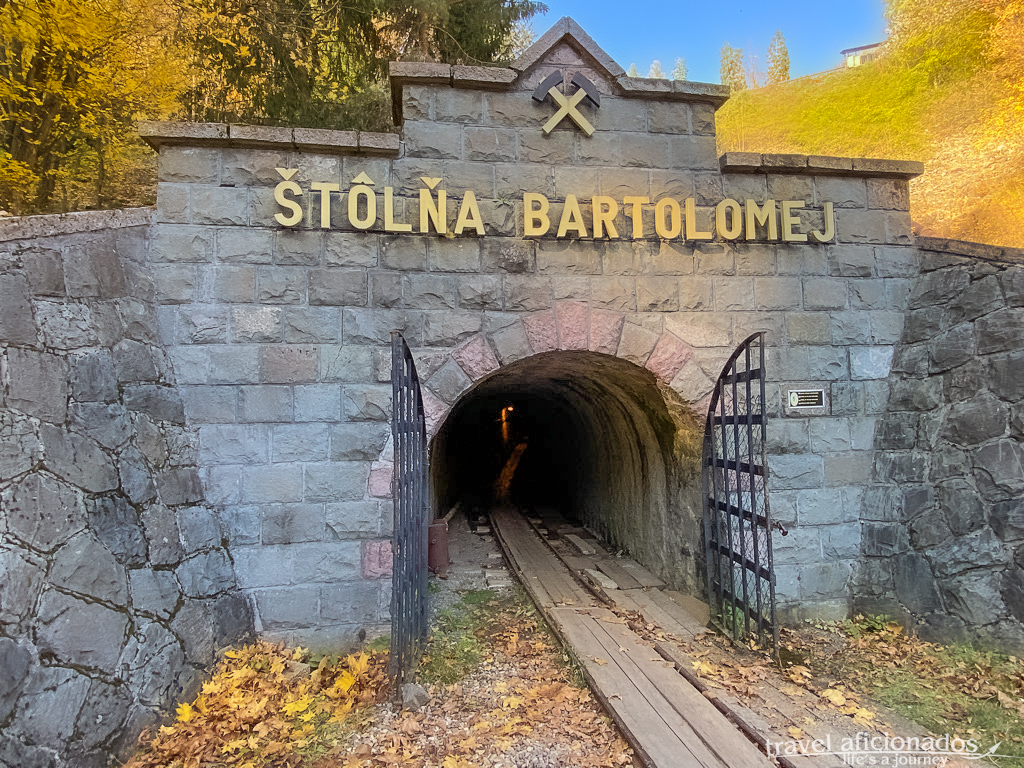
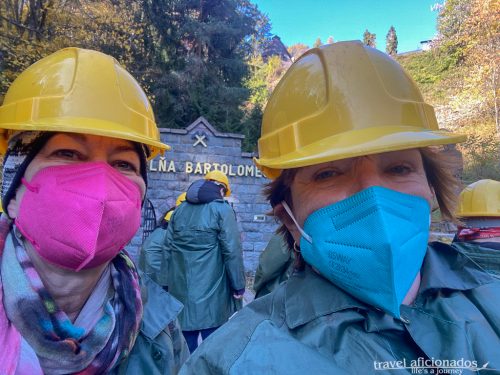
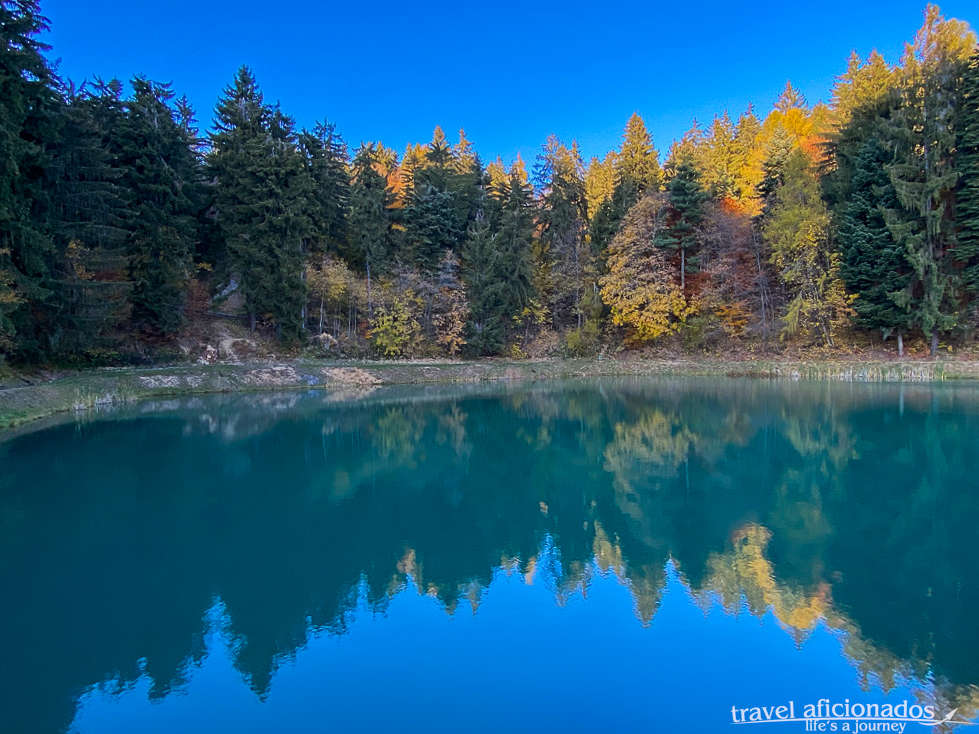
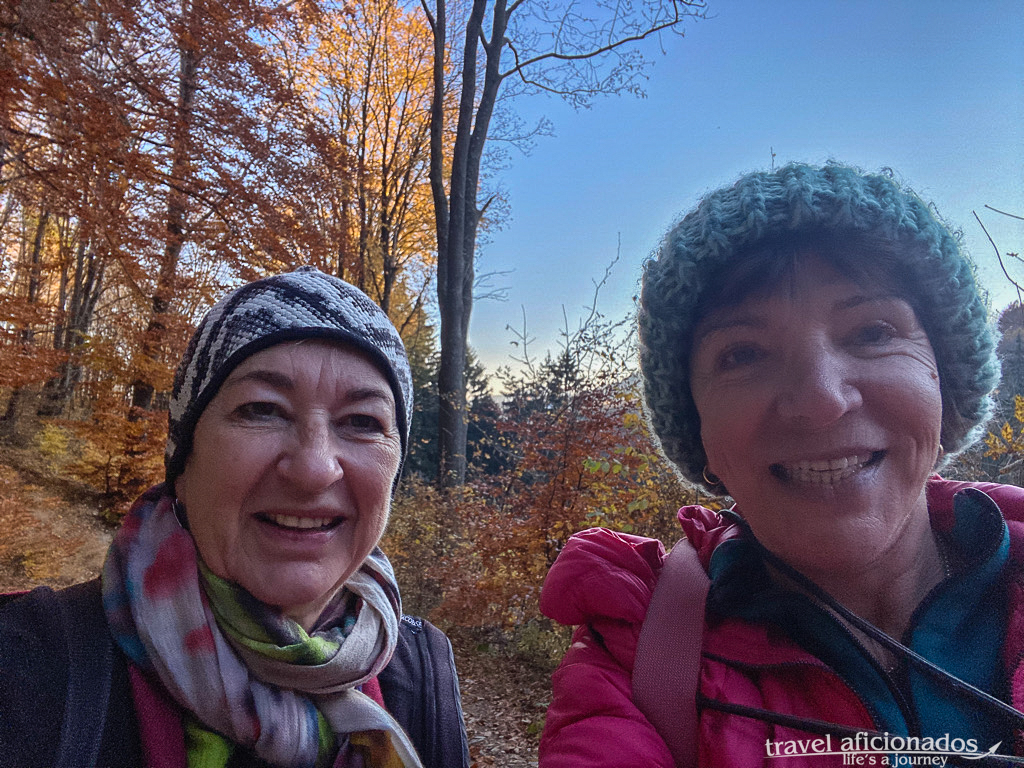
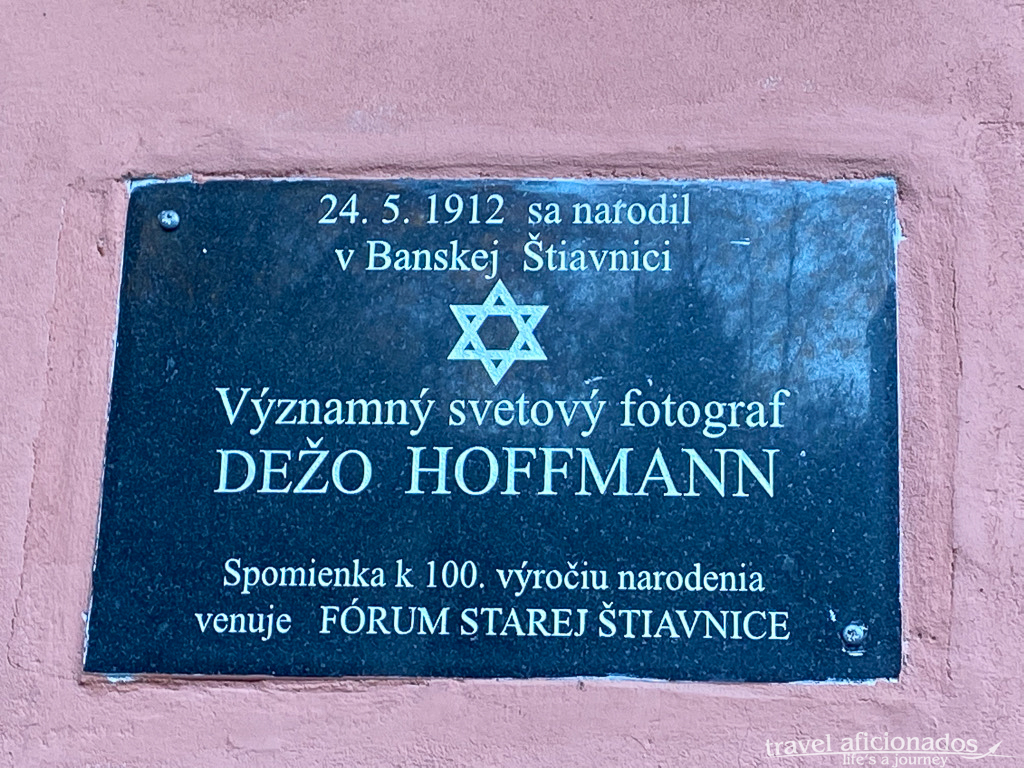
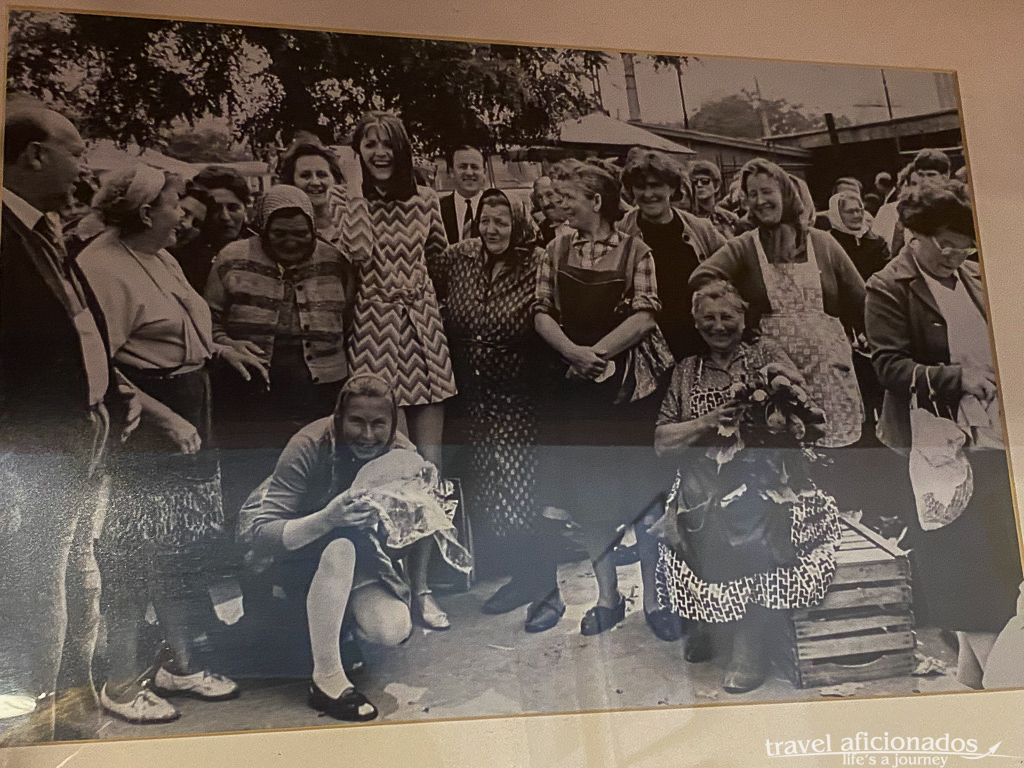
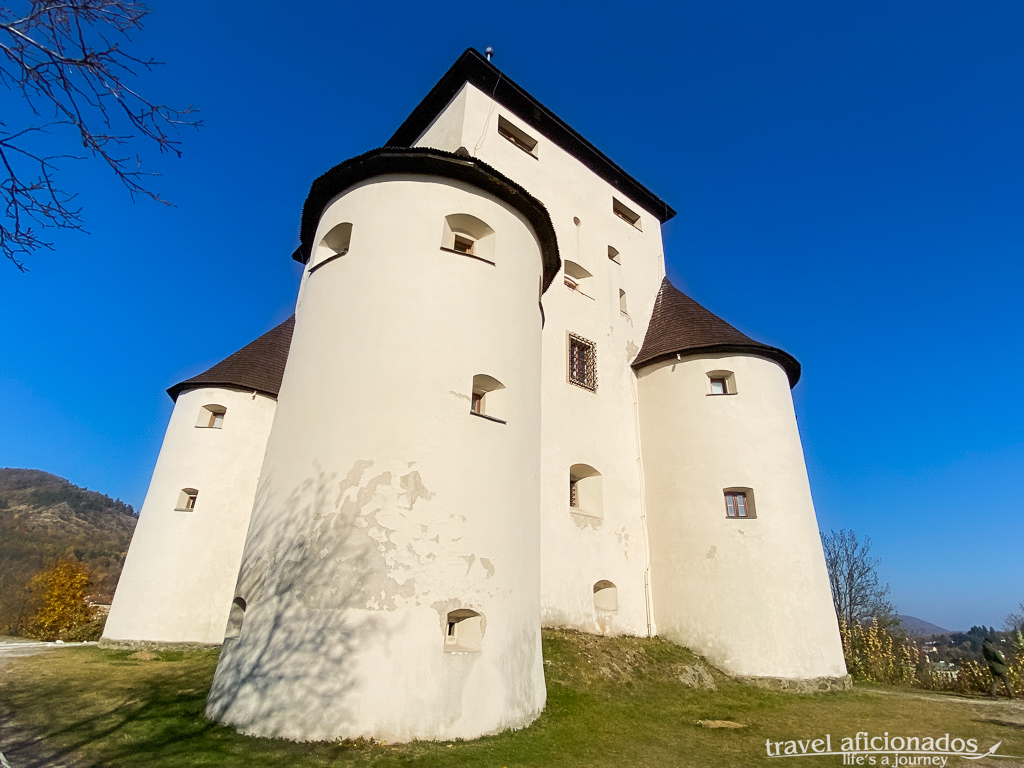
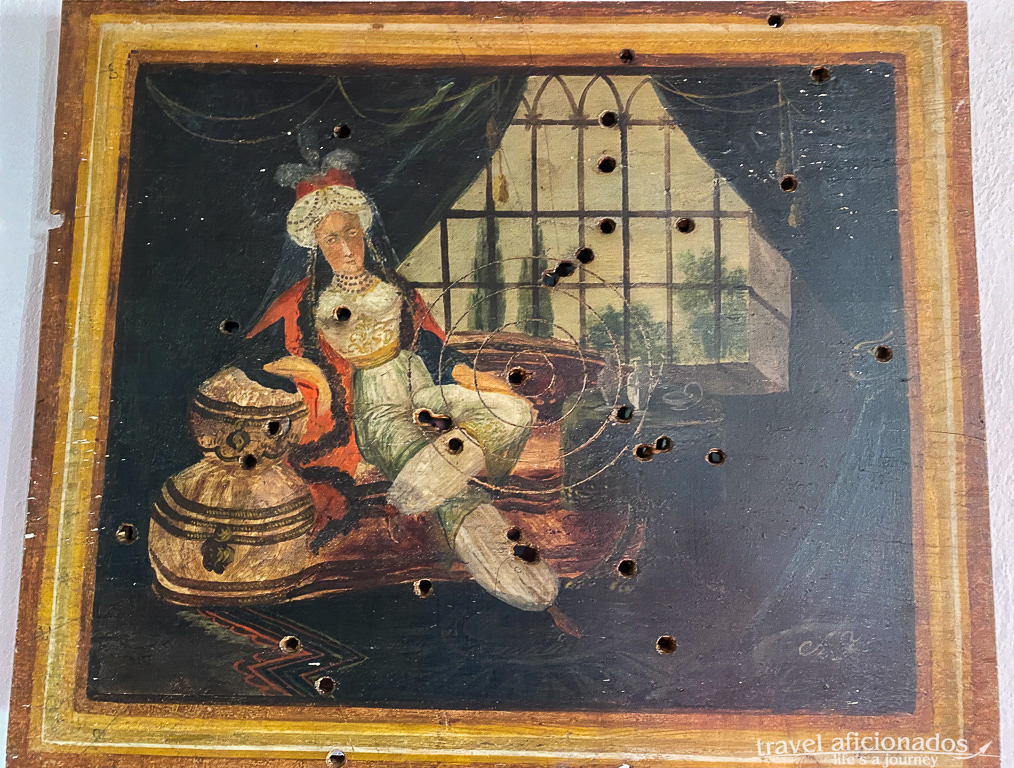
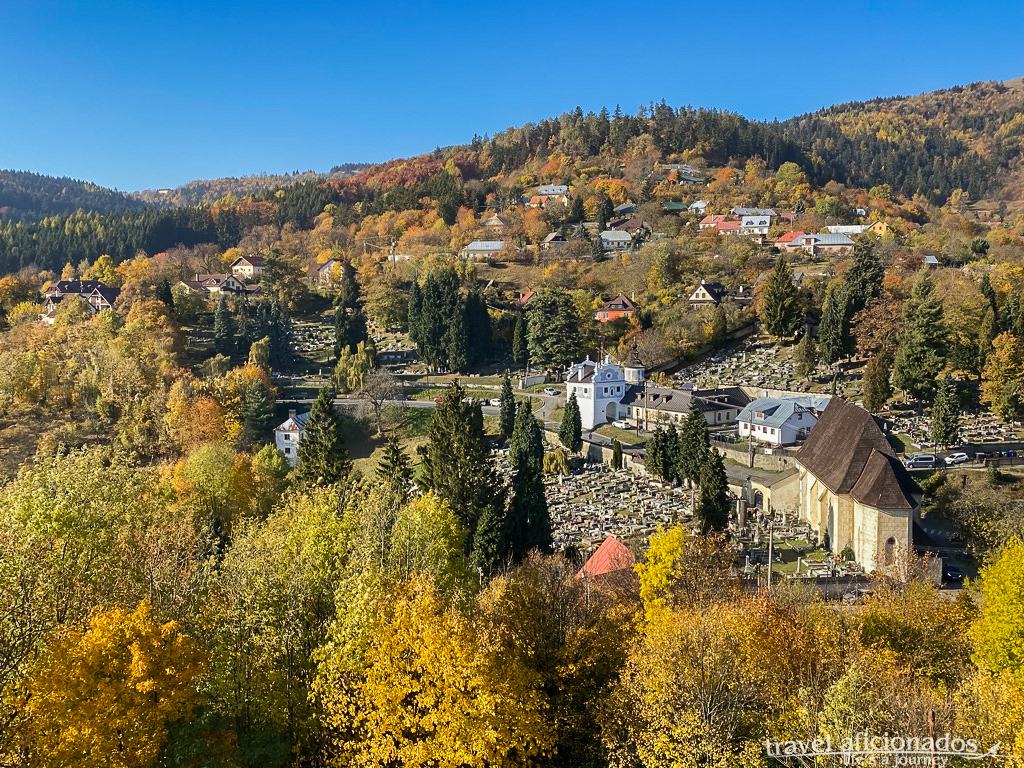
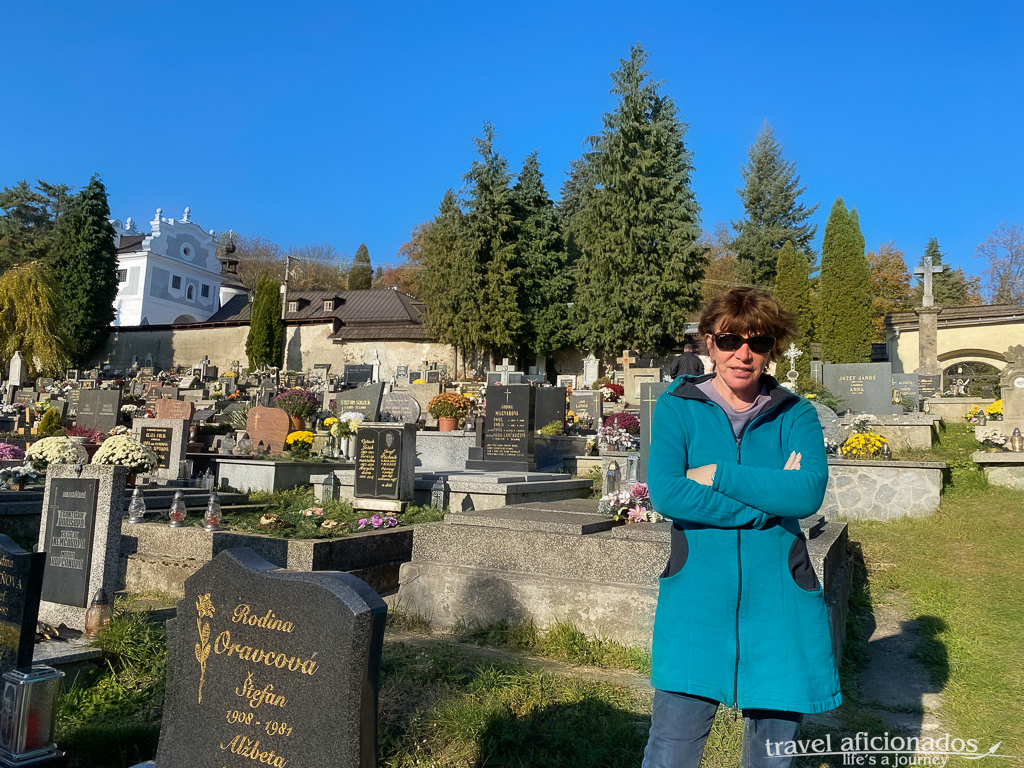
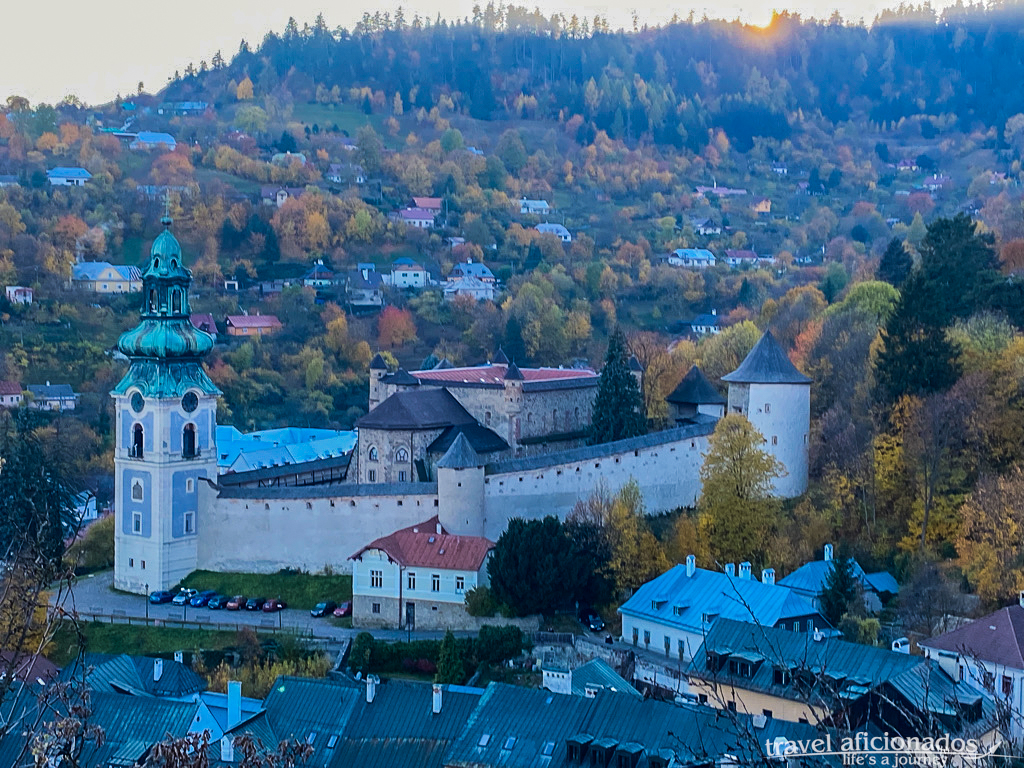
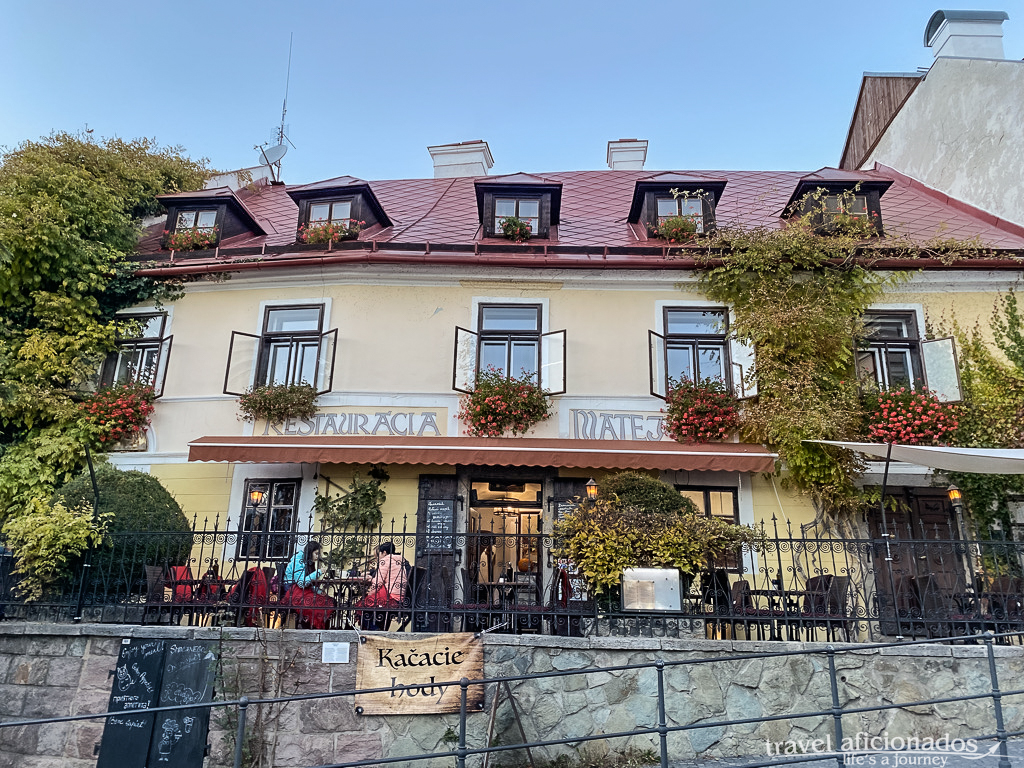
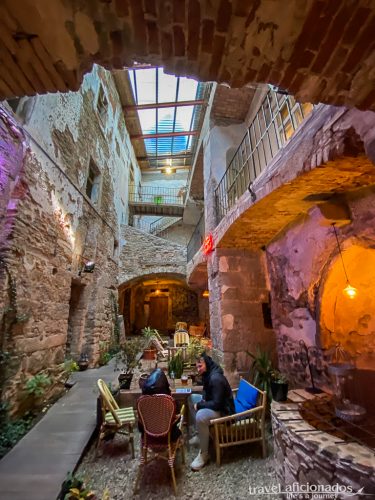
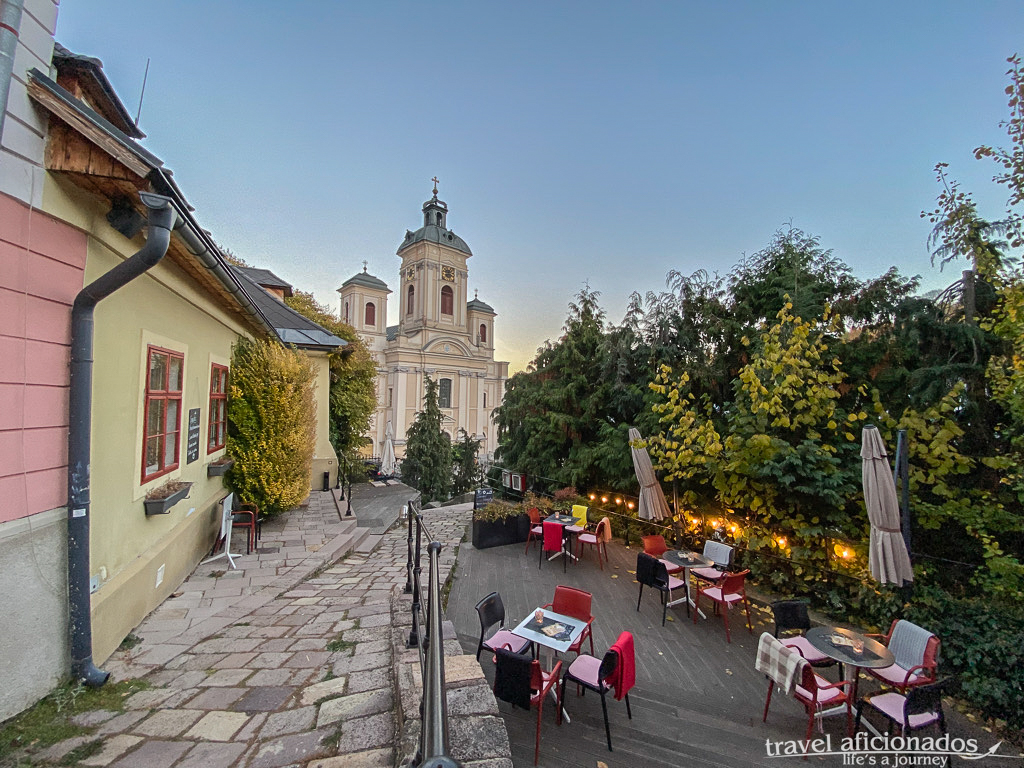
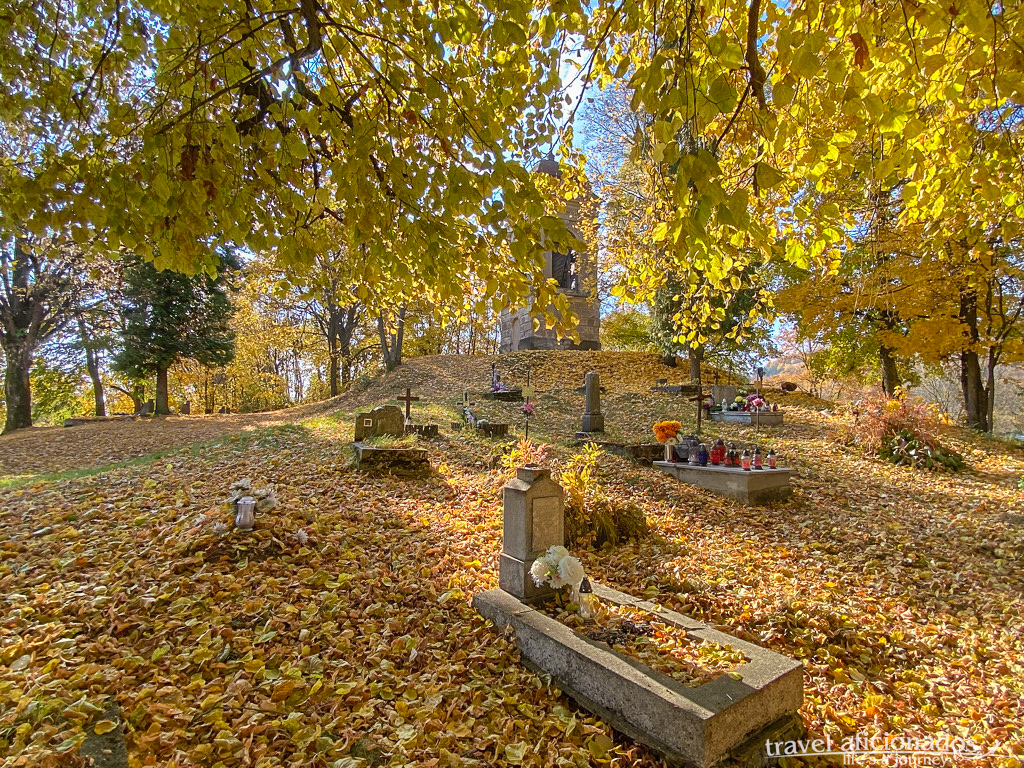
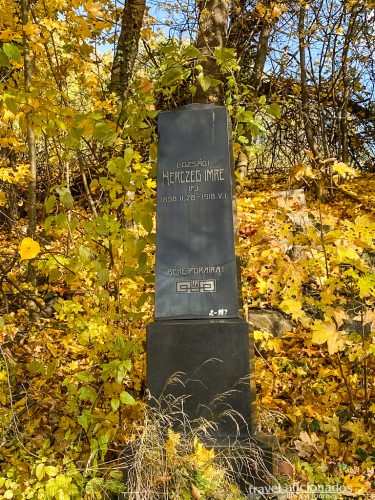
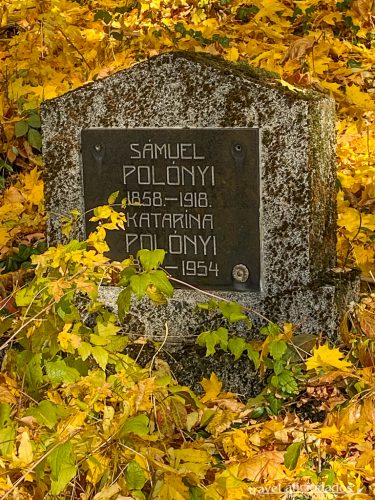
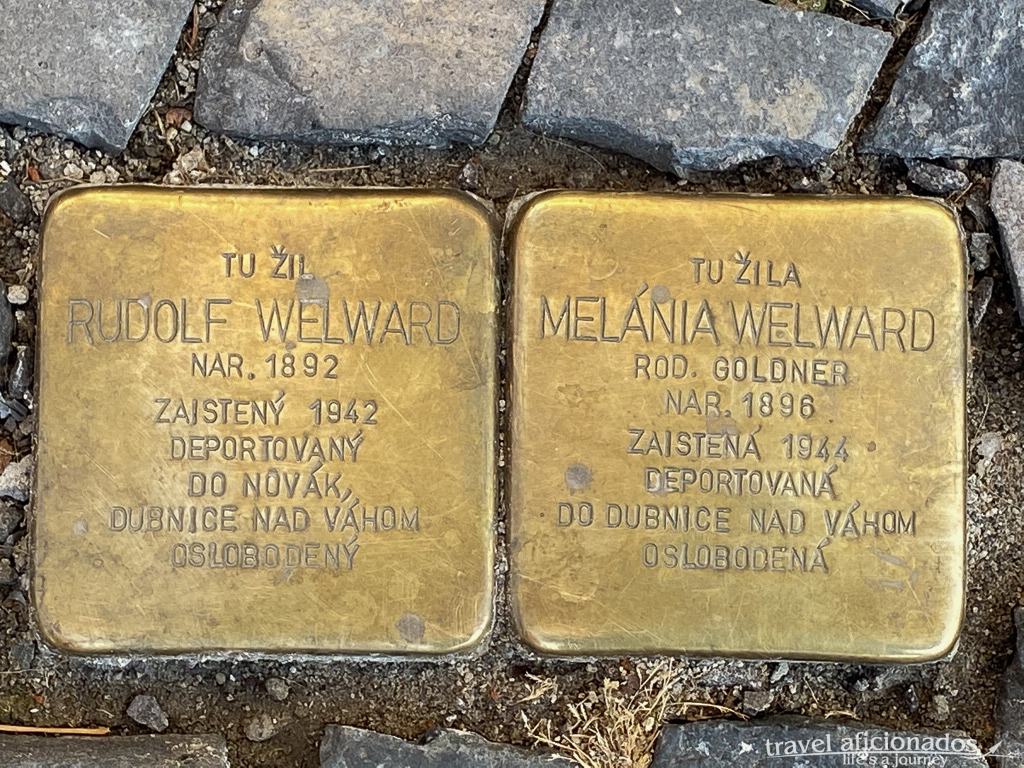
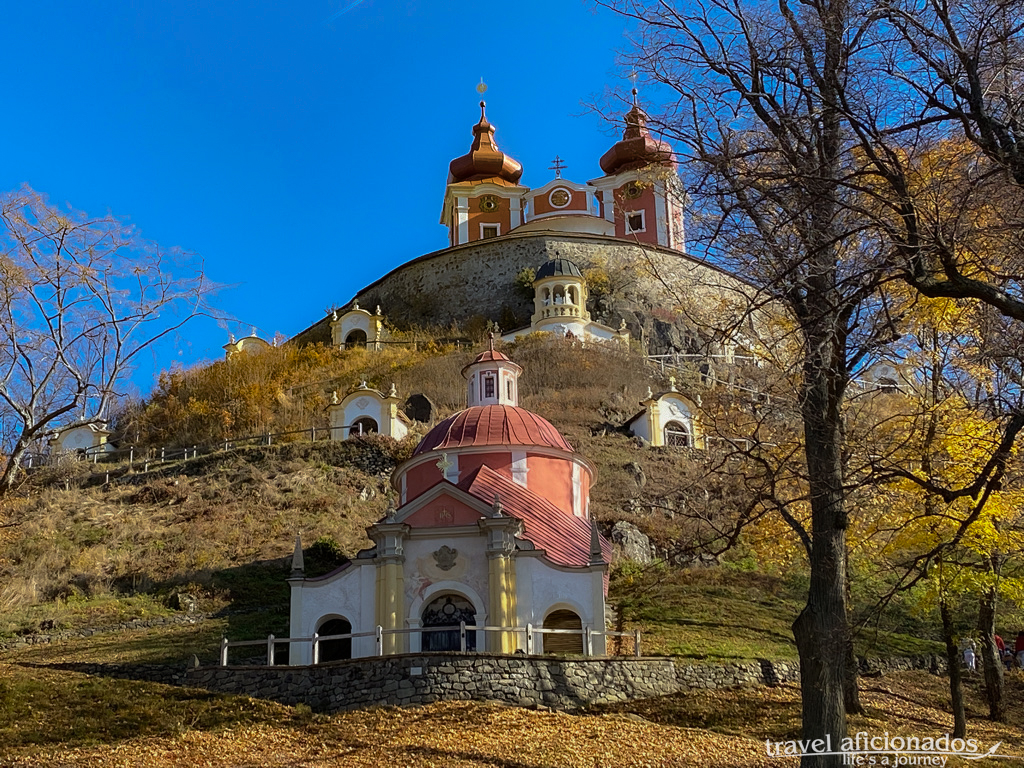
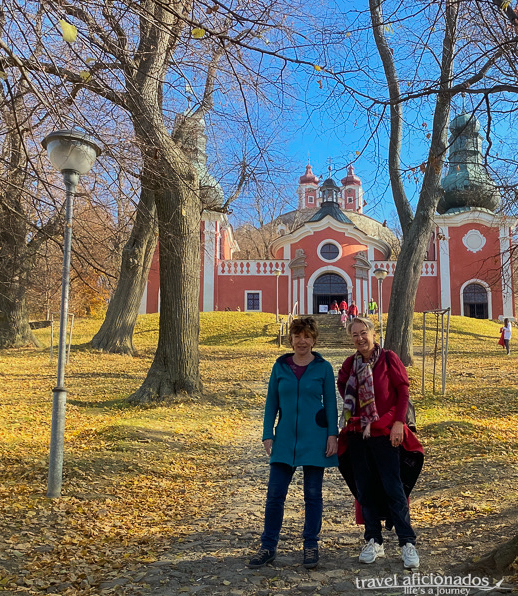
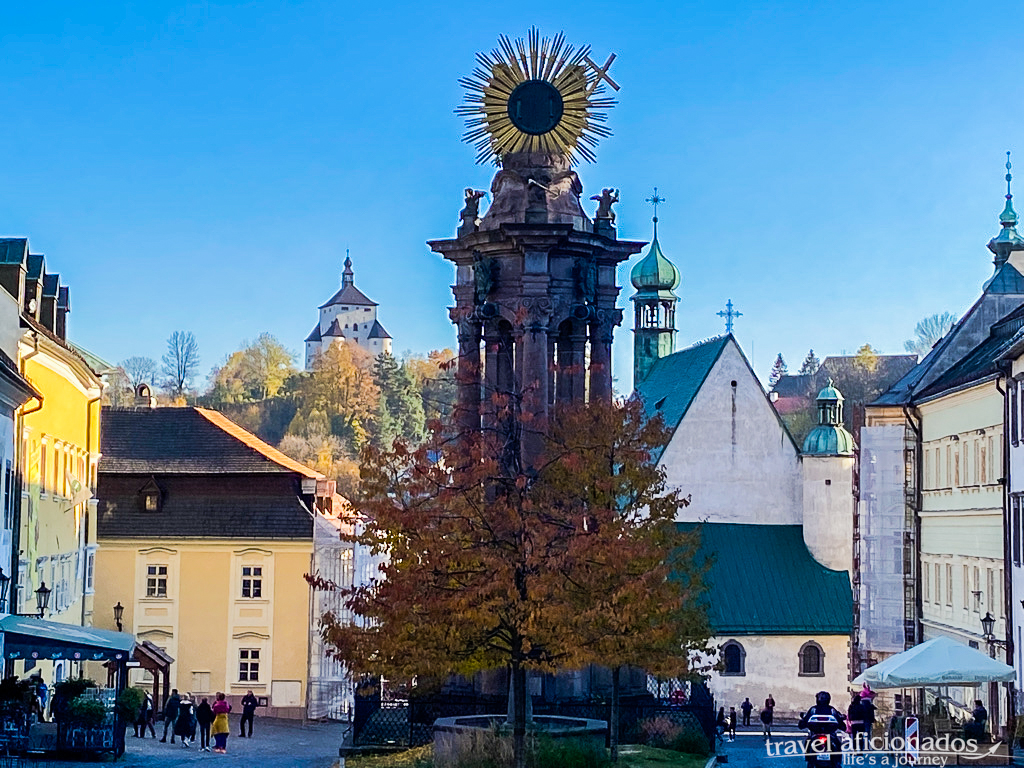
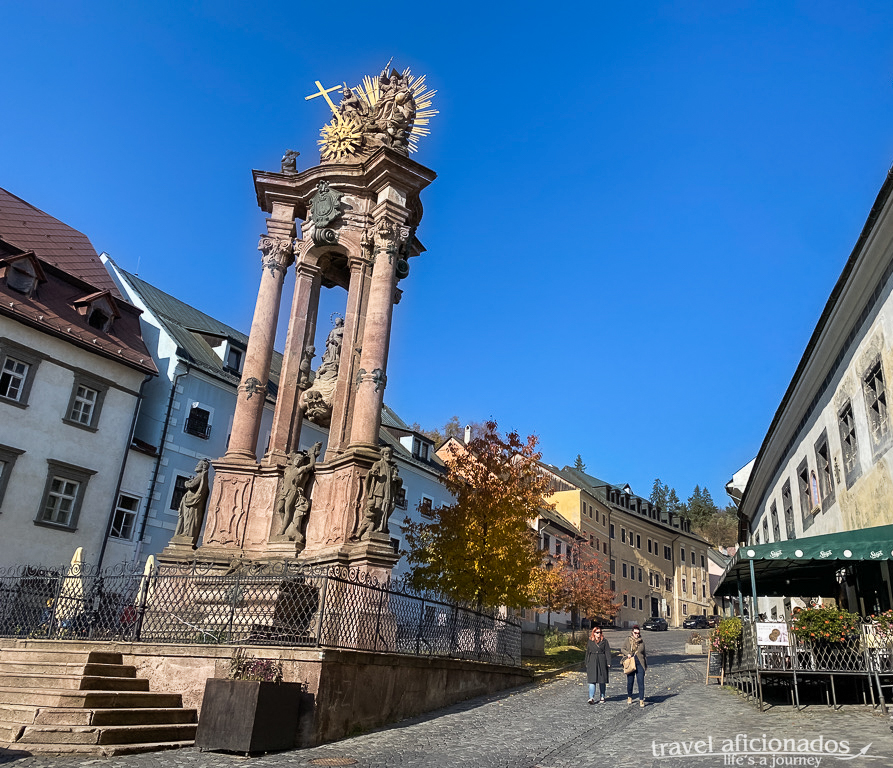
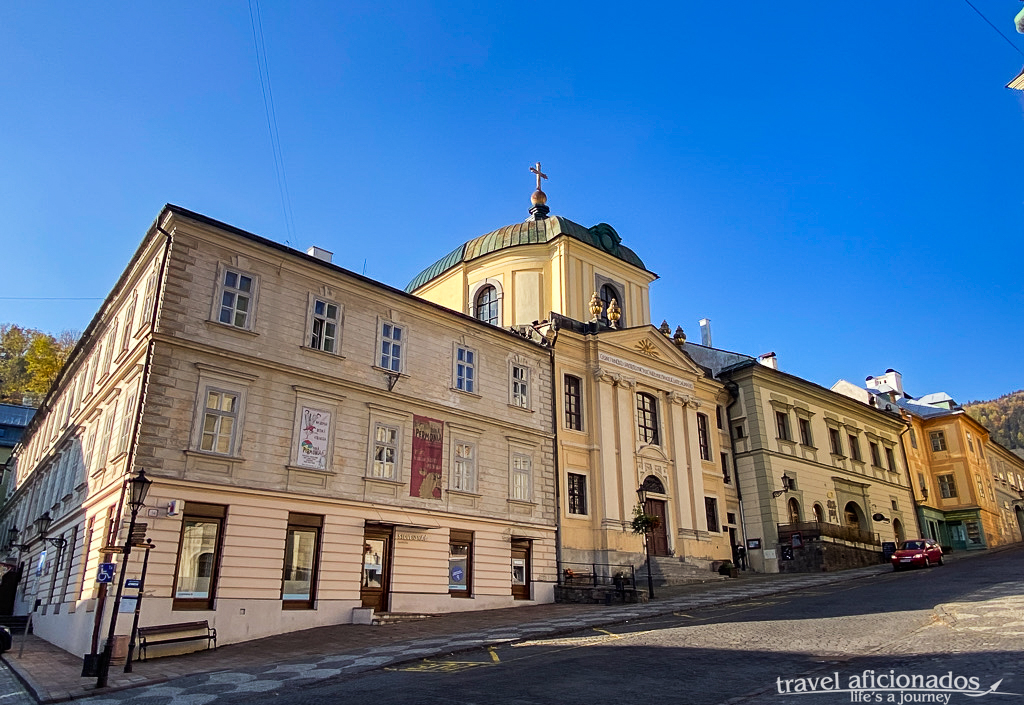
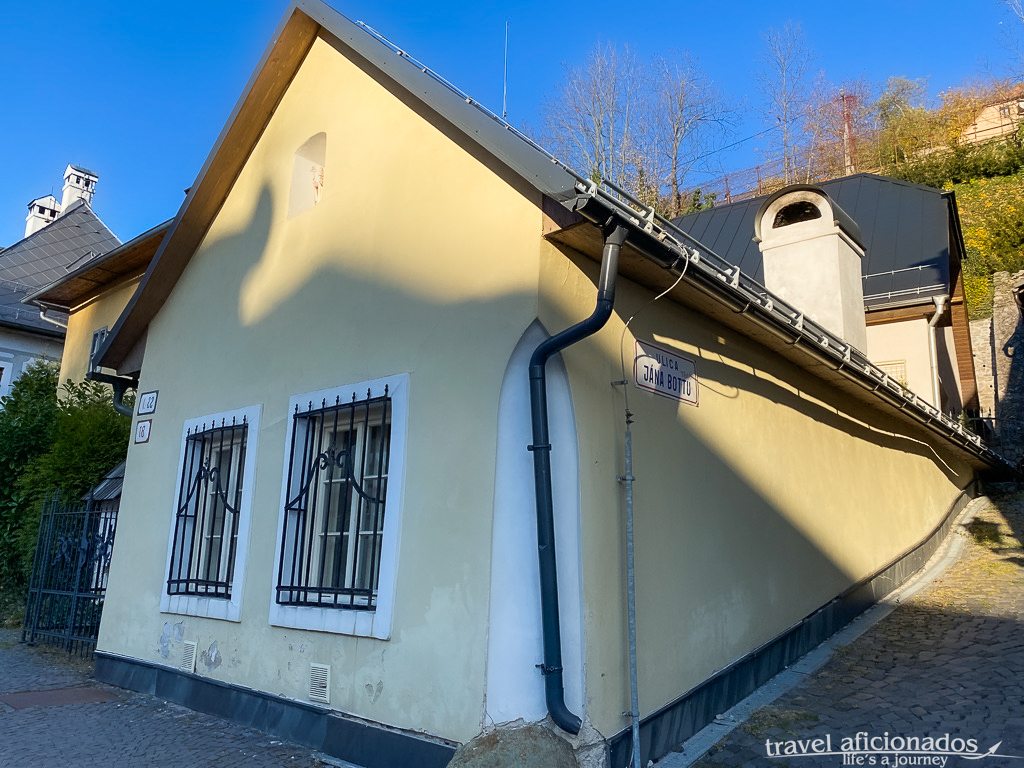
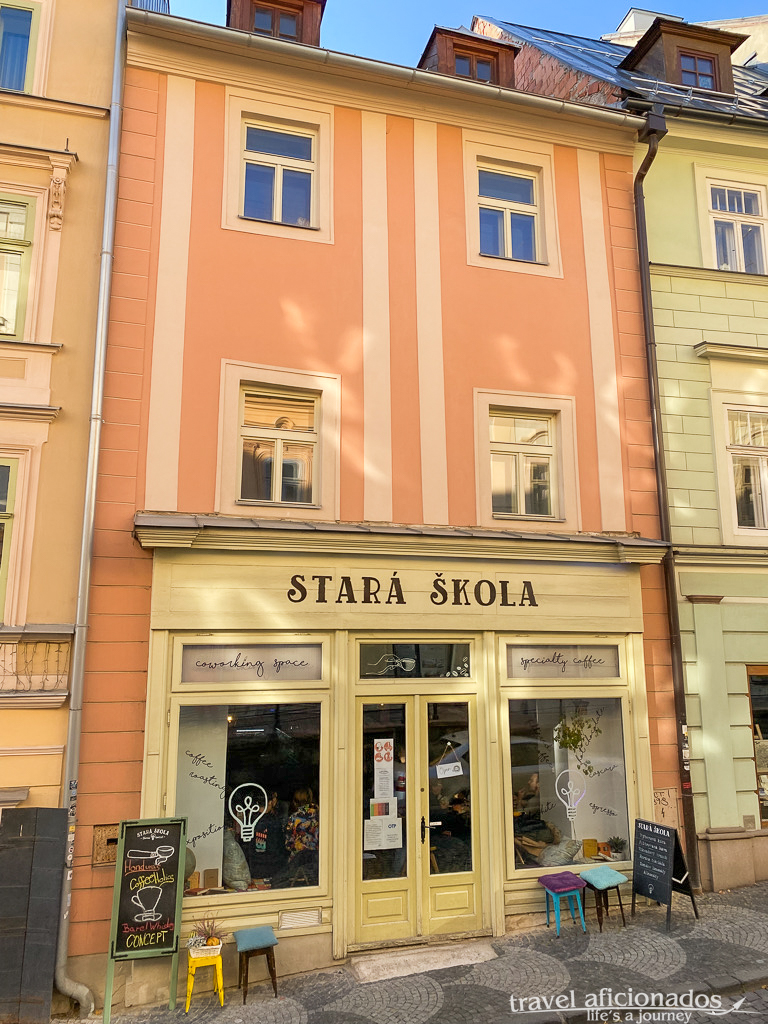
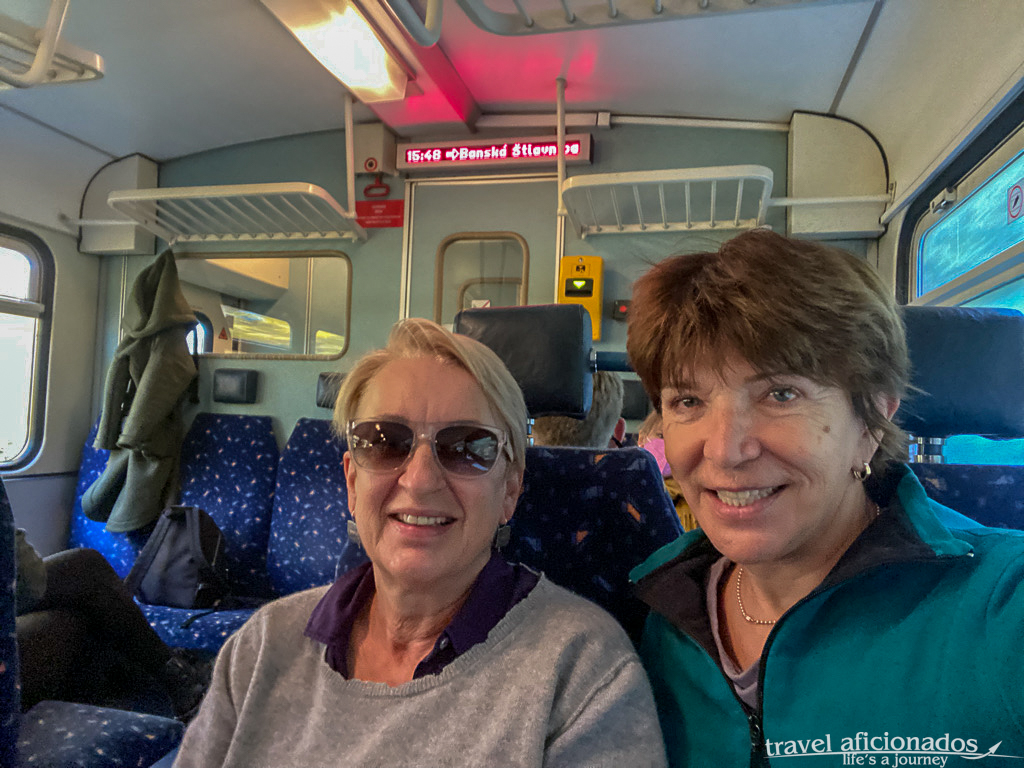
No comments yet.